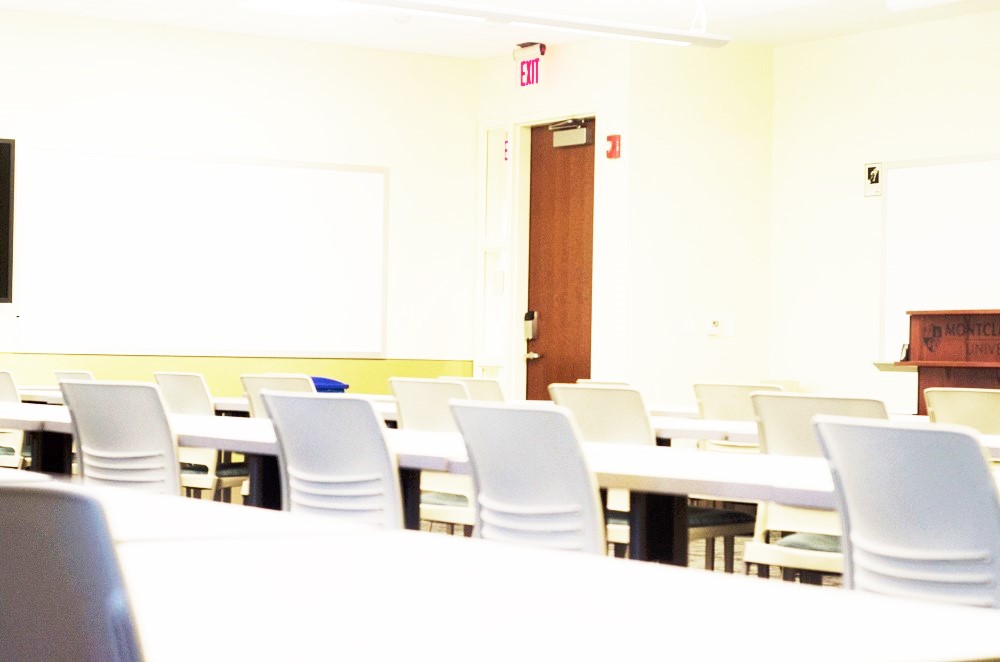Attending classes that are crowded and large in size probably has its advantages. However, the advantages of attending such classes in no way match those of attending classes that are small in size.
All classes aim for one broad, yet simple objective: to educate the students in attendance and to furnish attendees with information and skill development opportunities pertaining to the subject of each individual class. Classes that are small in size are more capable of accomplishing this objective than larger ones, because smaller classes are better equipped to enhance the learning experience for students, which ultimately leads to superior education.
Overall, the learning experience is heightened by three features of small classrooms: the teachers are more inclined to notice students within the setting, there are greater opportunities for students to have their individual questions answered, and there is an element of closeness that facilitates networking among students.
Obviously, a smaller class means that there are fewer faces and fewer names to be memorized by professors. This gives inquisitive students a greater probability of being noticed by the instructor. In my academic history, I have attended classes so large that it was ineffective to raise your hand if you knew the answer to a question. In these classes, students purchased portable devices that function similarly to a television’s remote control, which were used to select answers to questions projected onto a large screen. At the conclusion of the class, the professor displayed the statistical result of the students’ cumulative responses.
In these classes, it is easy for a student to feel like their academic needs will not be heard. Within smaller classes, it is far less easy for such sentiments to arise. Given that the time and effort needed to teach the class is spread across a smaller quantity of inquisitive minds, in small classes, each student’s individual question, participation and class contribution bear more significance. Students get noticed, and they are more than just random faces in a sea of others.
One other important byproduct of student visibility in small classes is that there will be greater opportunities to ask professors if they approve of students using them as job references, which can be of tremendous benefit to students who are entering the workforce.
At the same time, quite often in classrooms, when the professor completes his or her explanation of a particular subject, he or she asks the class if they have any questions. This is an opportunity for students to bring any inconsistencies to the forefront that they may have encountered in the professor’s explanation of a topic or concept.
Imagine that you are among the attendees of a classroom and you have a question pertaining to the subject that other students are unlikely to conceive and verbalize. As you raise your hand, a sea of hands consumes the classroom. What is the probability that you will have an opportunity to have your unique question answered? In large classrooms, it is not very great, but in small classes, you will have a better chance.
In turn, when classroom attendees have a greater chance of being heard, they will be more inclined to ask questions and participate. Once they develop the habit of conducting themselves in this manner within the classroom, they are sure to be noticed for it — especially in small classes, and their final grade can benefit from it significantly through participation points. With greater opportunities to have their questions heard, students can walk away with a more intimate understanding of the concepts conveyed because questions can be structured so that they will be answered in a manner conducive with the student’s intellect.
The advantages of small classrooms do not exist only in the realm of student and teacher dynamics, but also transcend into that of networking opportunities between students. One might argue that larger classes contain a greater quantity of students, which translates to greater networking opportunities. This is not the case.
Although there are indeed a greater number of students, it comes with a classroom setting that can be quite intimidating and unnerving for some, which would prevent students from making any attempt to expand their network at all. Smaller classes can lend importance to a setting in which dialogue is encouraged. Within smaller classes, each person’s individuality bears a bit more significance, which allows students to get to know each other on a more personal level. When people know each other on a personal level, their network expands, which can be of tremendous professional benefit down the road.
Most definitely, classes that are small in size are better equipped to enhance the learning experience for students than large classes. They simply offer a number of academic and professional benefits that large classes cannot rival.



